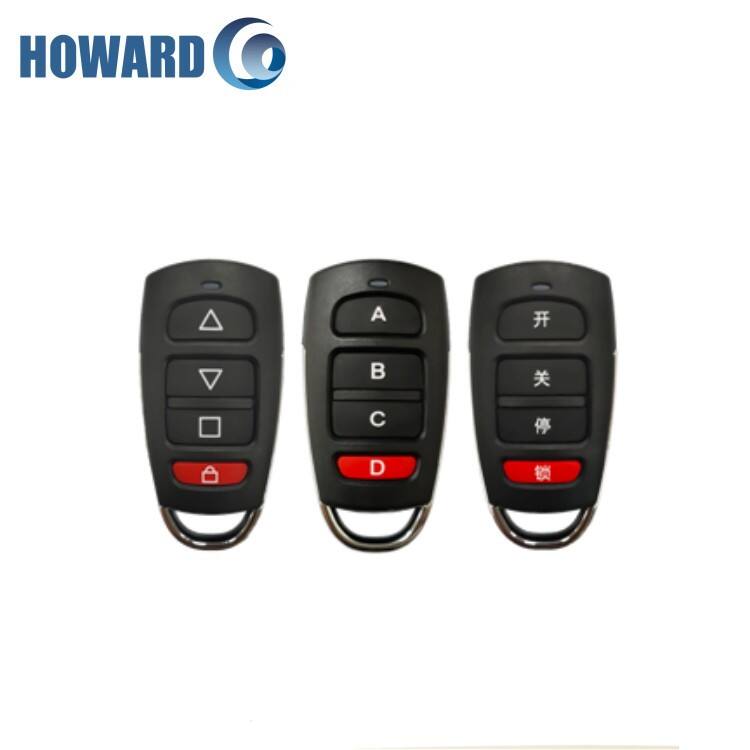
A remote controlled emitter is a device that can be operated from a distance, allowing for convenient and flexible control of its functions. This type of emitter is equipped with a receiver that can pick up signals from a remote control unit. The remote control can be a handheld device, a mobile application, or a dedicated control panel. When a user presses a button on the remote control, it sends out a signal, which is typically in the form of infrared, radio - frequency, or Bluetooth signals. The emitter's receiver then interprets this signal and activates the corresponding function. Remote controlled emitters are used in numerous applications. In home automation systems, they can be used to control lighting, heating, and air - conditioning systems. For example, a remote controlled infrared emitter can be used to turn on or off lights, adjust the brightness, or change the color of smart light bulbs. In the automotive industry, remote controlled emitters are used in keyless entry systems. The key fob, which is a type of remote control, sends out a signal to the car's receiver, allowing the driver to unlock or lock the doors, start the engine, or activate other functions without using a traditional key. For industrial applications, remote controlled emitters can be used to control machinery and equipment. This is especially useful in situations where it may be dangerous or inconvenient for operators to be in close proximity to the equipment, such as in large manufacturing plants or in environments with hazardous substances. The range of the remote control and the number of functions that can be controlled vary depending on the type of emitter and the remote control system. When choosing a remote controlled emitter, it's important to consider factors such as the required range, the compatibility with existing systems, and the ease of use of the remote control.
